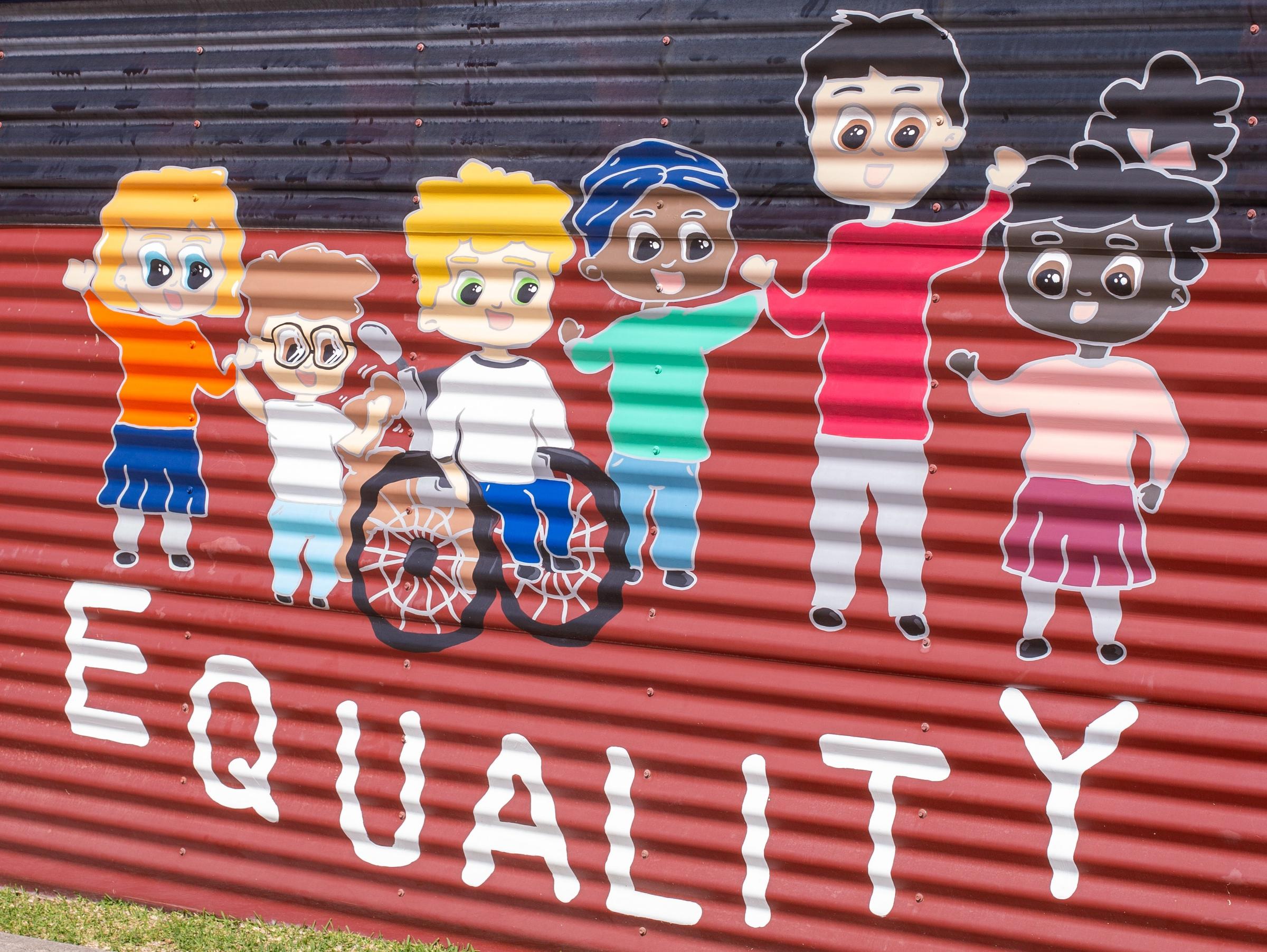Student Wellbeing

Supporting Social and Emotional Learning (SEL)
What is Social and Emotional Learning?
Social and emotional learning (SEL) is the ongoing process of building essential skills that foster mental health, resilience, and positive wellbeing. Through SEL, children learn how to navigate their emotions, build strong relationships, and make responsible decisions. Here are the five key areas of SEL development:
Self-awareness: Understanding one’s own emotions and thoughts and recognising how they influence actions.
Self-management: Effectively regulating emotions, thoughts, and behaviors, especially in challenging situations.
Social awareness: Developing empathy and understanding others' perspectives, including people from different backgrounds and cultures.
Relationship skills: Building healthy relationships and interacting well with others.
Decision-making: Making constructive, respectful choices in diverse settings.
Supporting SEL at Home: Helping Children Name Emotions
The first step to emotional management is recognizing and naming emotions. Children, however, often lack the vocabulary to accurately express how they feel. Here are some ways to help them expand their emotional vocabulary:
Highlight emotions: When you see a friend, family member, or even a character in a book or movie expressing an emotion, point it out. This can be an opportunity to label the emotion and discuss it.
Teach emotion names: Talk to your child about how they feel about everyday events. Encourage them to use descriptive words to explain their feelings.
Model emotions: Share how you feel throughout the day, using a variety of words to describe your emotions. Children learn by example, and hearing adults name their own emotions helps them understand and adopt this practice.
By supporting SEL at home, we create a nurturing environment that promotes emotional intelligence and resilience in our children.
